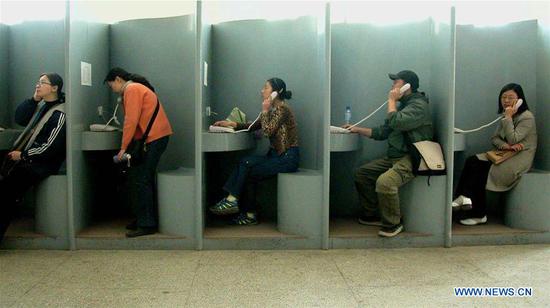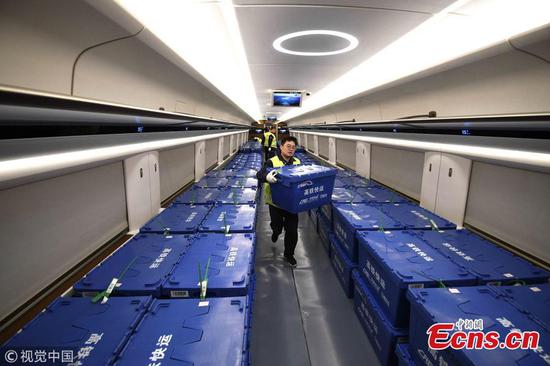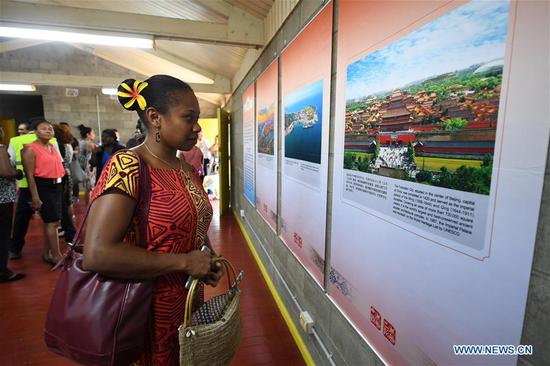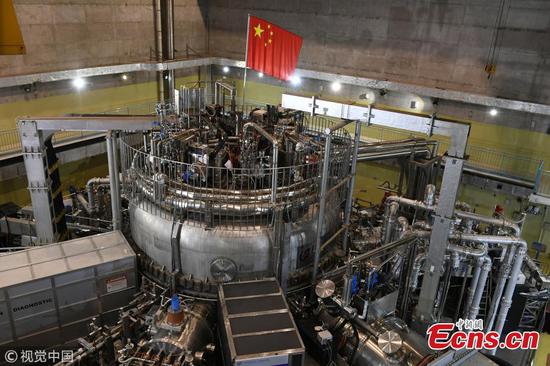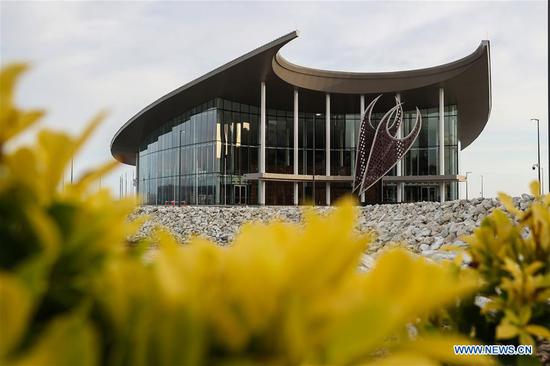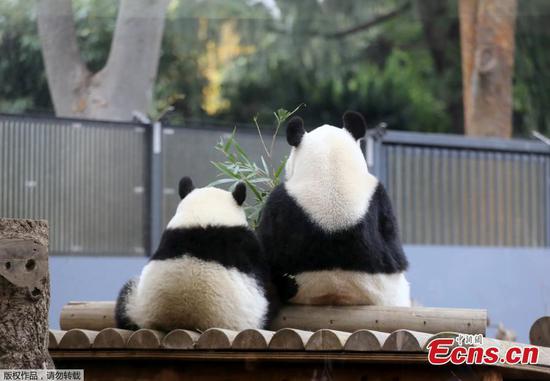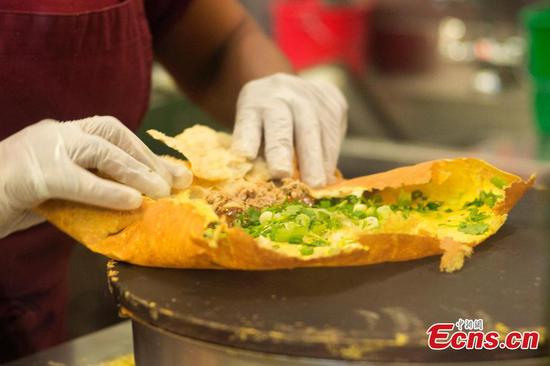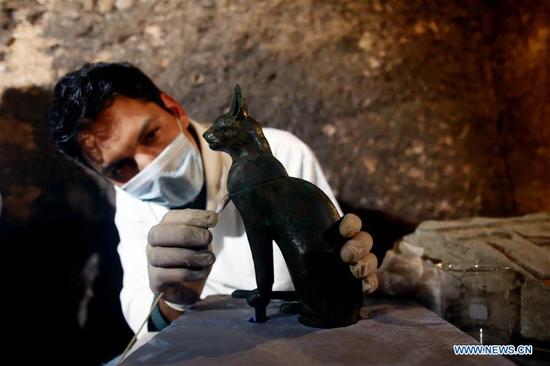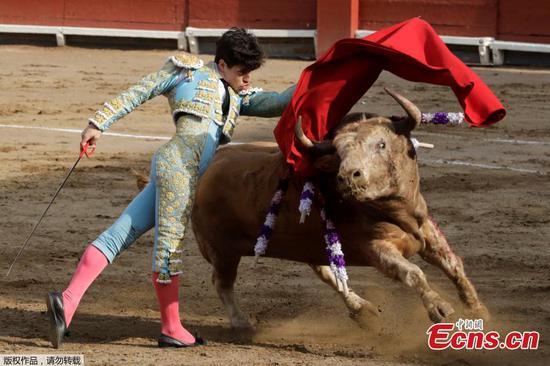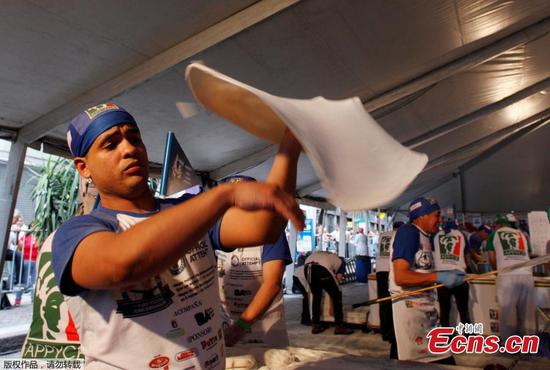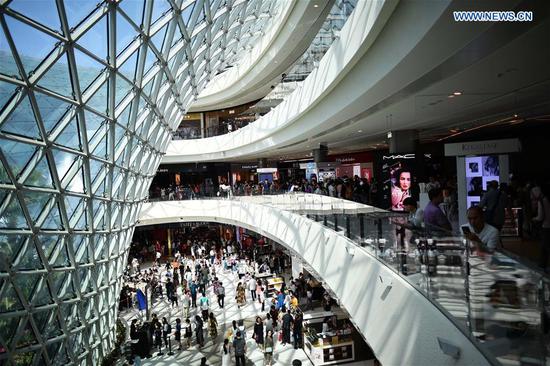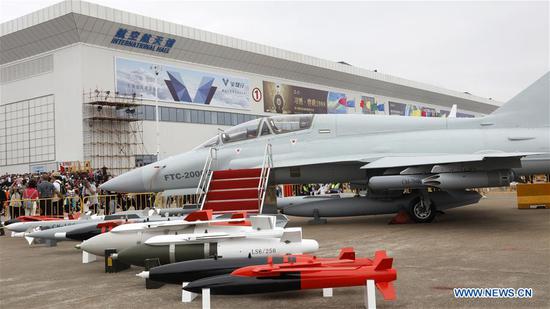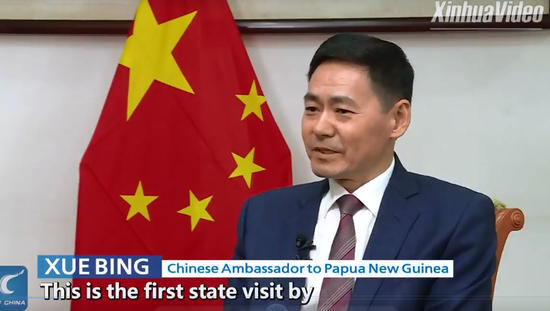An overall softening of financing in October mirrored a weaker-than-expected investment sentiment in China, with calls for stronger incentives to offset the cautious economic outlook, analysts said.
The growth rate of the broad money supply, or M2, declined to 8 percent last month, the lowest level on record. Meanwhile, new renminbi lending stood at 697 billion yuan ($100.25 billion), the lowest level since December 2017, the People's Bank of China said on Tuesday.
The total social financing, a broader measure of the country's financing activities, expanded by 728.8 billion yuan in October, the smallest amount in 28 months.
That included special-purpose local government bond financing since September.
The recent slower money supply growth could set a reference level for next year, analysts said, as financing gauges should correspond with real economic growth and avoid overly aggressive monetary easing. Policymakers will discuss crucial economic development plans and set policy tones at an annual economic work conference, usually held in early December.
Speculation over a possible cut in benchmark interest rates-the one-year deposit and lending rates-has recently been rising among market watchers.
But a more probable measure is to further reduce banks' reserve requirement ratio to maintain low lending costs in the financial sector.
According to the central bank's latest monetary policy report, the effective average lending rate of general bank loans rose to 6.19 percent in September, 11 basis points higher compared with June. That partly reflected increased risk aversion by banks.
The report also highlighted the intention to gradually unify the current "dual-track" interest rate system-the benchmarked interest rates set by the monetary authority along with the market-oriented money market interest rates. The unification is seen as key to improving the monetary policy transmission procedure, or channeling more funds into the real economy.
"It is a signal that there will be more policy efforts to lower bank lending rates," said MK Tang, a Goldman Sachs economist.
Analysts said that Chinese banks, especially small and medium-sized lenders, are under great pressure because they are less capable of bearing risk when facing economic downsides. They also face higher standards of regulatory metrics, especially regarding nonperforming loan and capital adequacy ratios.
Another signal suggesting a lowering of lending rates is that the PBOC showed less concern over inflation. It said in the report that the recent rise in food prices is likely to be contained.
Wendy Chen, a Nomura Securities analyst, said that the "benign" consumer inflation, which was 2.5 percent in October-unchanged from the previous month-will not constrain China's policy-easing agenda, and the overall financing gauges might see a slight rebound in the coming months.
Top financial regulators recently pledged to assist financing among private enterprises, including continually increasing re-lending and rediscounting quotas, targeted RRR cuts, an adjustment in the macro-prudential assessment framework standards, promotion of derivatives to hedge bond credit risks and possible programs to facilitate raising equity.











